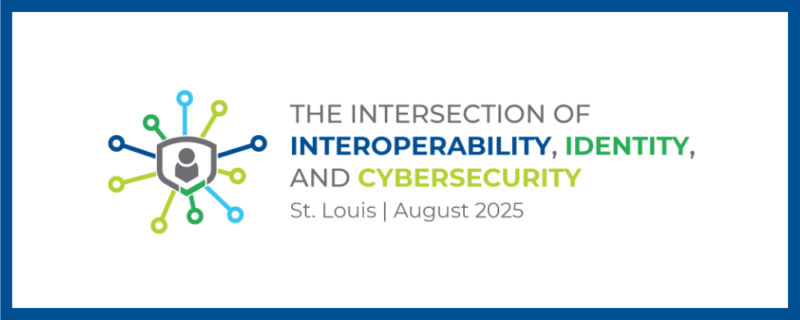September 11, 2013
Open an electronic healthcare record and click on a field. What happens? Underneath the covers of your EHR application, a lot is going on. Software vendors often tout the fact that they use a single database to store all the relevant information in a healthcare record.
You’re a CIO. You know better.
The reality is that much of the information that resides in the EHR database came from somewhere else and may be headed to a distant location. When a doctor reads Mr. Smith’s record, she may look at recent test results, reference reports from other doctors, show the patient an X-ray, schedule a follow-up visit with a specialist and check that all-important health insurance information. All of this data may have originated in different facilities and some components, like the X-ray, may be stored remotely. When the doctor submits a patient claim, electronic forms may travel thousands of miles, several times. Each click on a patient record may result in many hops across multiple systems and networks.
In this interconnected IT environment, data is pulled from many different sources. A slowdown in your EHR application can therefore occur at any one of these touch points. Perhaps the connection to a networked hospital is experiencing slow response times and your EHR cannot pull up a patient’s medical history, for example. Or, maybe your invoice generation process is broken and cannot connect with insurance companies to ensure prompt payment for tests and procedures.
There are three unforgivable sins in EHR systems: missing functionality, slow performance and missing data. If the system is unavailable, sluggish, or lacks key features your clinical staff will find ever more creative ways to work around it. Additionally, if a third party system is down your staff cannot see the information they need to effectively carry out business processes or patient care.
Your success lies in deploying the required features and ensuring that information flows smoothly across all interconnected systems. The challenge, of course, is that some of these systems may be under your direct control and some may reside elsewhere – at another company or in the cloud. Healthcare organizations must therefore have a strategy in place for monitoring EHR performance and knowing what to do if an EHR application starts to slow down.
Trouble signs include slow response times, stalled business procedures, staff who work around the EHR system and inflexibility. If your EHR is experiencing inconsistent performance, patient care and revenue cycle management processes will suffer. In addition, physicians may revert to paper systems which can easily cause information to become lost or outdated. Finally, without visibility into your IT environment, your hospital will be unprepared for an unexpected event such as an outage.source


























